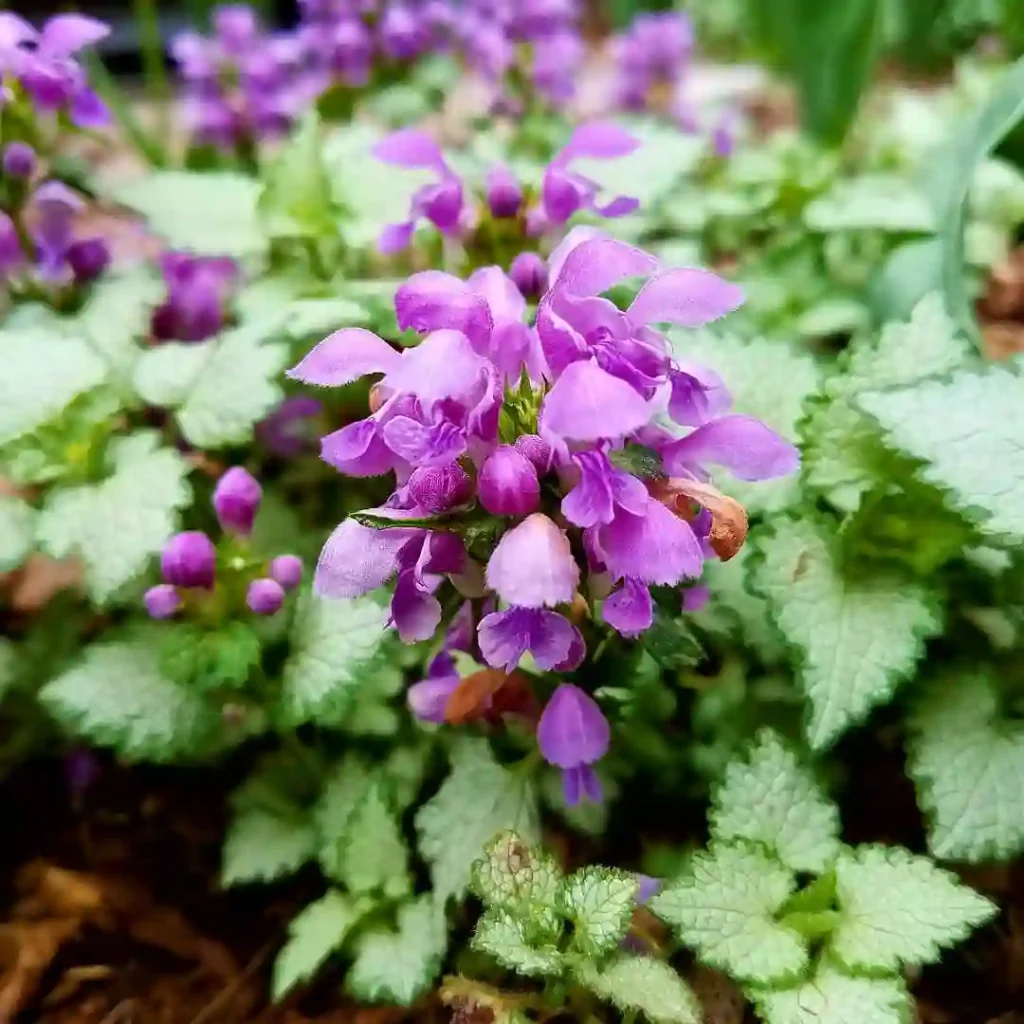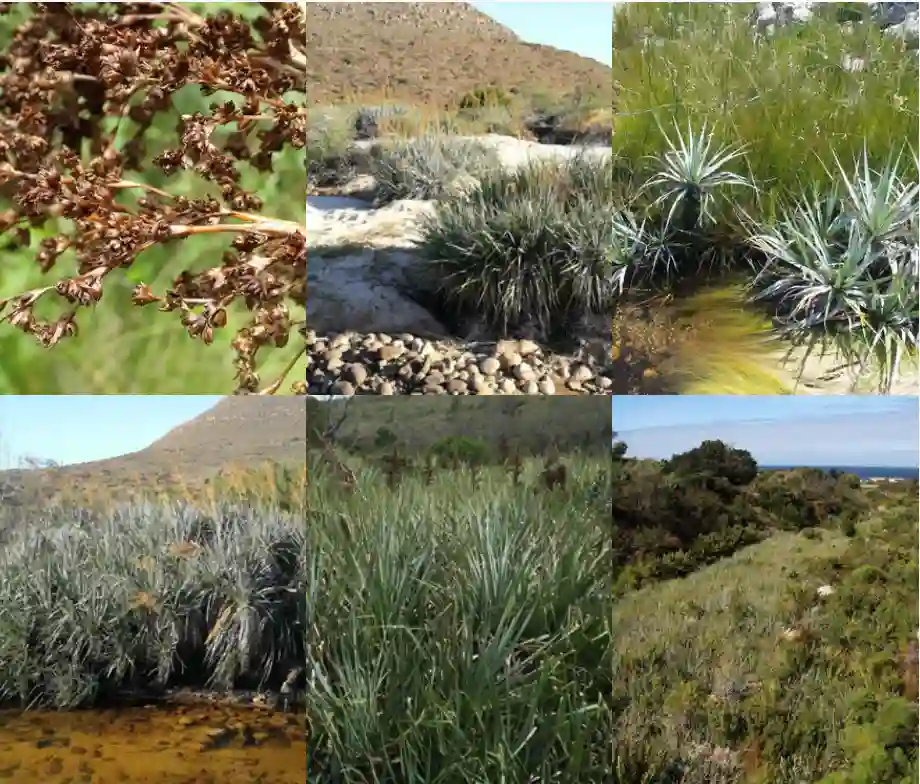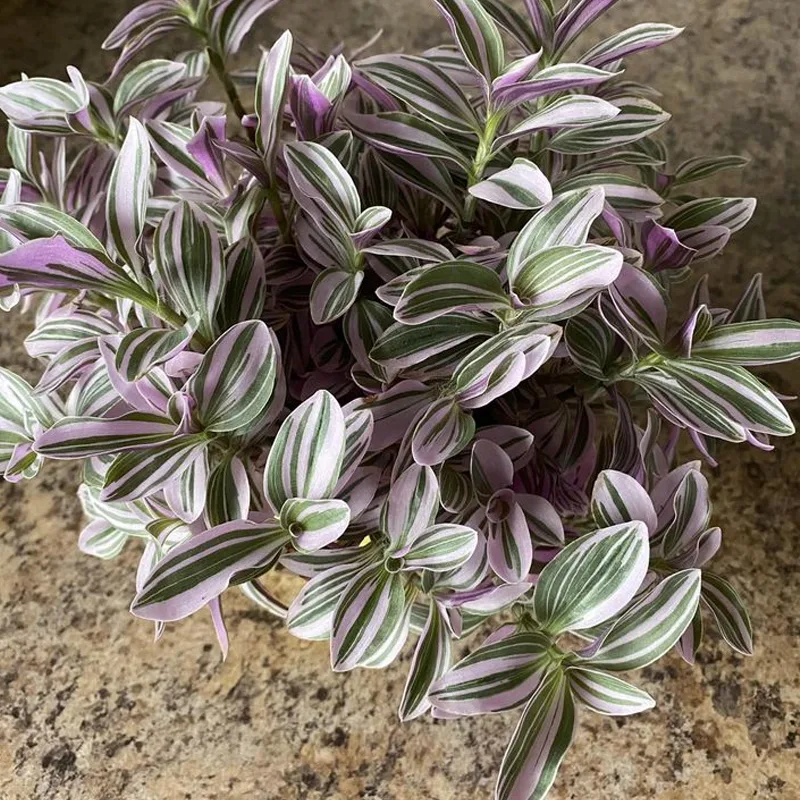Exploring the Elatinaceae Family: A Journey Through Bergia and Elatine
As a plant enthusiast, I find myself drawn to the many fascinating families of flora, each with its own unique characteristics and beauty. One such family is the Elatinaceae, a group that has piqued my interest for quite some time. This family, primarily consisting of the genera Bergia and Elatine, offers a glimpse into the diverse world of aquatic and semi-aquatic plants. Join me as I delve into their unique traits and my experiences with these remarkable plants.
A Brief Overview of Elatinaceae
The Elatinaceae family comprises small, herbaceous plants often found in wetland areas. This family is native to various regions worldwide, including Europe, Asia, Africa, and North America. The two primary genera within this family, Bergia and Elatine, each contribute distinct features and adaptations to their environment.
Discovering Bergia
Bergia is a genus that fascinates me due to its small, delicate flowers and creeping growth habit. I first encountered this genus during a trip to a local wetland, where I was struck by its ability to thrive in shallow waters. The leaves of Bergia plants are often fleshy and succulent, which helps them retain moisture in their often aquatic habitats.
One of my personal favorites within the Bergia genus is Bergia capensis, commonly known as Cape Bergia. The sight of its small, bright yellow flowers blooming above the water is nothing short of enchanting. Each flower stands out against the green foliage, creating a vibrant contrast. In my garden, I’ve tried to replicate this aquatic environment to see if I can cultivate Bergia successfully.
Growing Bergia can be a rewarding experience, but it requires attention to its habitat. These plants prefer wet, well-drained soil and partial shade. I’ve learned that keeping the soil consistently moist is crucial, especially during hot summer months. Over time, I’ve found that regular watering and ensuring good drainage can significantly impact their growth.
Delving into Elatine
The other major genus in the Elatinaceae family, Elatine, is equally captivating. Often found in similar habitats to Bergia, Elatine species are known for their small, inconspicuous flowers and lush, green leaves. I remember my first encounter with Elatine hydropiper, commonly known as waterwort, during a nature walk. I was surprised to find this plant flourishing in a small stream, its vibrant green leaves dancing in the water’s current.
Elatine is unique in that it can tolerate a range of water conditions, making it adaptable to various environments. I’ve noticed that while some species thrive in shallow water, others can withstand drier conditions. This adaptability is one reason why I appreciate the Elatine genus; it showcases nature’s resilience and ability to flourish in less-than-ideal conditions.
The Importance of Aquatic Ecosystems
Understanding the Elatinaceae family goes beyond appreciation of their beauty; it is essential to recognize their role in aquatic ecosystems. Both Bergia and Elatine contribute to the biodiversity of wetlands and help maintain water quality. These plants provide shelter for small aquatic animals, support the food web, and prevent soil erosion along banks.
During my gardening adventures, I’ve realized that incorporating native plants like those in the Elatinaceae family can enhance the health of my garden ecosystem. They attract beneficial insects and support local wildlife. This experience has led me to advocate for the use of native aquatic plants in landscaping and conservation efforts.
Cultivating Bergia and Elatine
If you’re considering adding members of the Elatinaceae family to your collection, I recommend starting with easy-to-grow species like Bergia capensis or Elatine hydropiper. They require minimal care and can thrive in small water features, such as ponds or containers.
In my experience, it’s crucial to mimic their natural habitat as closely as possible. Ensure that the soil remains consistently moist and consider adding aquatic plants that can provide shade and structure. I’ve often combined these plants with other wetland species, creating a mini-ecosystem that thrives in my garden.
Final Thoughts on Elatinaceae
The Elatinaceae family, with its charming genera Bergia and Elatine, continues to captivate my interest. These plants remind me of the beauty of wetlands and their importance to our ecosystems. By cultivating them, we not only enjoy their beauty but also contribute to the health of our environment.
As I continue my journey in gardening, I look forward to discovering more about these incredible plants. Each encounter with Bergia and Elatine deepens my appreciation for the intricate relationships within nature and the essential role of aquatic plants in our world.
If i die, water my plants!



